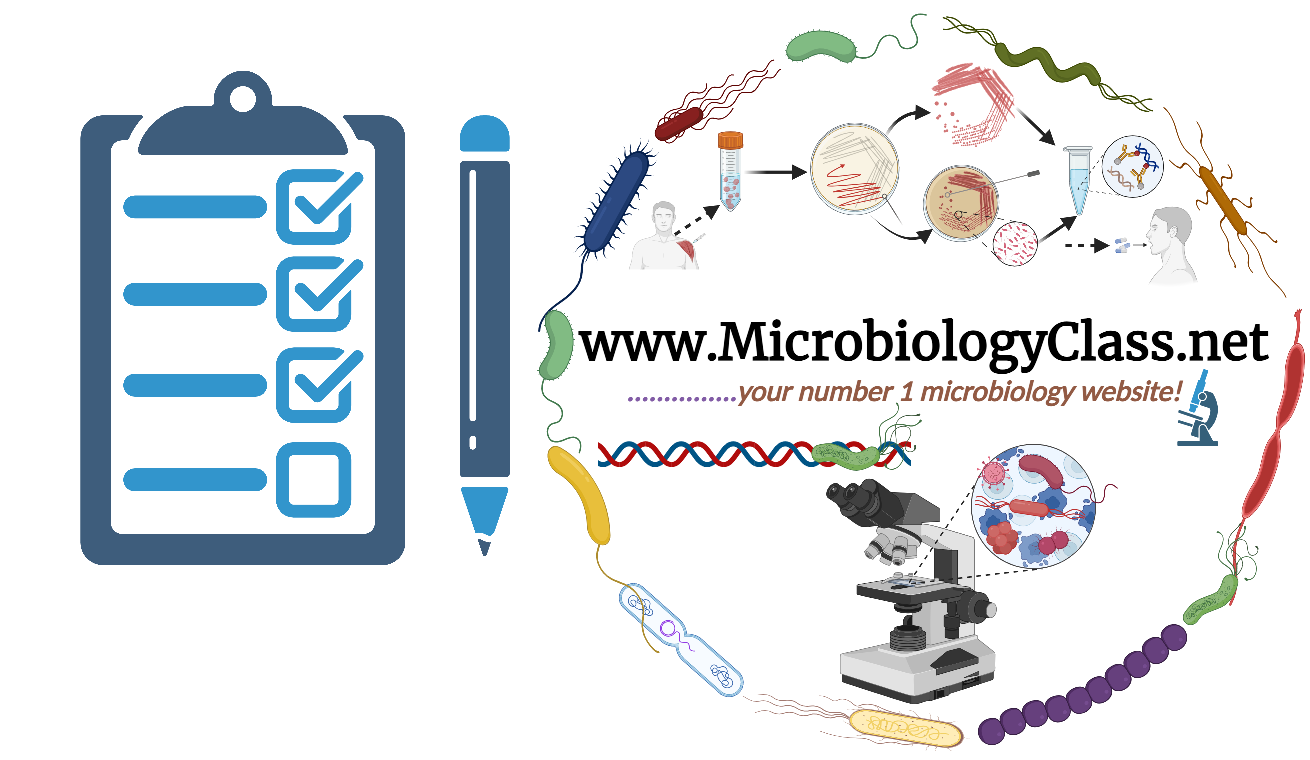What is a research proposal? A research proposal is simply defined as a planned and written statement to seek approval from a supervisor, an institution or an organization to carry out a particular project, especially with the intent of seeking financial assistance for the funding of the anticipated research work. However, students in the undergraduate or postgraduate level may be asked by the academic supervisors or institutions to write and submit a typed or written proposal about the anticipated research work prior to being awarded a degree. Research proposals can also be written by non-academics or people who are outside the university, research or learning facility; and this case, the research proposal is mainly geared towards seeking funding from a private or public organization to start a business or begin an infrastructural development.
The research proposal required for an academic or research environment is succinctly elaborated in this section for your guidance. Writing a research proposal is a serious and major undertaking that you will have to do as you climb the academic ladder, whether as a student, researcher or tutor. Whether you are a student, researcher or an academic, research proposal writing is the sine qua non to excelling in the academic task ahead of you. This is because, the research proposal acts and serves as a guide that will help you go in the right direction, and thus, prevent you from doing unnecessary experiments during the execution of your anticipated research work.
Research proposal is a concise summary of an anticipated research work. There are several components of a research proposal; and these are briefly outlined in this section. A research proposal is a written document that proposes a research project either in the scientific community, academic or organizational environment. After writing a research proposal, the research proposal is usually submitted to the institution, supervisor or company that is requesting for it. And after the submission and compilation of all submitted research proposals, the institution or company usually sets up a review committee to look at the different research proposals. This is done in order to find out the feasibility and conformity of the research proposals to some laid down rules or guidelines for doing so.
Research proposals are generally written to convince and make the grant provider know that you have the research competence to undertake the research; and that your anticipated research work is worthy of execution or feasible. A research proposal helps the researcher to answer some vital questions about the anticipated research work. First; the research proposal should help the researcher or student to know what he or she wants to accomplish. Secondly; the research proposal should address the issue of how you want to carry out the work. Thirdly; the research proposal should tell the review committee why you want to do the anticipated research. As a final note; make your research proposal as simple as possible and as short as possible. You do not need to make it to look too voluminous because the review committee does not have the whole time in the world to spend on your proposal, since there are other proposals to also review. Always know that you are not writing a textbook, but a written statement, outlining (1) what you want to do, (2) how you want to do it, and (3) why you want to do the research. Therefore, keep your research proposal SHORT and SIMPLE, and always straight to the point.
COMPONENTS OF A RESEARCH PROPOSAL
The components of a research proposal are as follows:
- Front or face page: This page should contain your biodata including the title of the research proposal (which usually comes first at the top), your name, degree already obtained, institution attended or attending, and the name of your supervisor and organization. The date of the proposal should also be contained in this front or face page; and the title of the anticipated proposal should be written on this front page as aforesaid.
- Title: The title of the anticipated research work should be concise and descriptive. It should not be too lengthy. Usually, the title should be between 10 and 12 words. You should choose and write your “title” in such a way that it catches the attention of the review committee or any other reader’s interest.
- Executive summary (abstract): The abstract (a.k.a. executive summary) of your research proposal is a brief summary of the entire work. It should be one page maximum. The abstract should give a brief background of the study, the research questions, research hypothesis, methodology and conclusion. In some cases, three to 5 or 6 keywords are added at the end of the abstract.
- Background (introduction): The background of the anticipated research work should outline the literature review of the work, while drawing some conclusions or facts from previously published data or works that are similar to the research being proposed by the researcher. The background (a.k.a. introduction) should not be too long. A maximum of 2 or 3 pages is enough for the background. It is important to be detailed as possible when writing the background information about the anticipated work, but you should try to be concise and simple in the choice of words to use.
- Statement of problem: Since every research is mainly geared towards bridging the gap existing about a particular problem or solving a particular problem, it is important that the researcher states the problems that the anticipated research proposal intends to solve. This should be written in a concise and descriptive approach.
- Hypothesis of the study: A hypothesis is a proposed explanation made on the basis of limited evidence as a starting point for further investigation. Hypothesis is a provisionally accepted guess or statement that may vary or remain, based on the outcome (or results) of your anticipated research proposal. The hypothesis of the study is important. While some research may have some working hypothesis about their studies, others can as well do without the hypothesis. However, the hypothesis of the study should speculate what the researcher intends to make out or find out from the anticipated research and how it can be handled.
- Aim of the study: The aim of the study tells the review committee what you intend to achieve by doing the study. The aim of the study should be very concise and descriptive. In most cases, the aim of the study is usually drawn from the title of the work.
- Objectives of the study: The objectives of the anticipated study are the individual goals that you or the researcher intends to achieve during the experiment. The objectives show the reason for performing a particular experiment, and why that experiment should be performed.
- Methodology (materials and methods): The methodology section of your research proposal is very important. It shows the materials and methods that you intend to use in your anticipated research work. Most importantly, this section outlines how you intend to tackle your anticipated research problem one step at a time. The methodology section should outline your work plan and also show the different activities (experiments) that you intend to use for the completion of your anticipated research work. Some of the components of the methodology section include: Ethical consideration, Study area, Study population, Sampling technique, Laboratory techniques or analysis, Data arrangement or presentation, Statistical analysis (if necessary).
- Timeline of the research: The timeline of the anticipated research should be in a tabular form. This should show when the research will be starting and when it will be concluded. Each aspects of the research should be handled individually; and a tentative date should be attached to each of the research methods or techniques. The number of samples and the likely sources of where you will be collecting the samples should also be indicated in this timeline of research.
- Budget: A detailed budget of the anticipated research should be outlined in a tabular format. This should show how you intend to justify and spend the funding made available to you. Each item in the budget must be justified as much as possible. Add contact of suppliers of consumables and equipment if possible.
- Expected results: At the proposal stage of your anticipated research work, you do not have any result or research output. However, you need to have some background knowledge about the type of samples you will use, the number of samples to use, where to collect the samples and what type of results you are expecting from the study.
- Conclusion: The conclusion of the proposal should be concise and descriptive. It shows the summary of the entire proposal, but in a different format from the “abstract”. The conclusion shows in a concise manner why the work should be conducted and what the significance of the study is.
- References: The list of references that you used for the literature search while putting up your proposal should be outlined in this section. The format is up to you. You can arrange the references in a chronological or alphabetical order or you can choose to make use of a numbering system to arrange your references. Most institutions or organizations usually have a format for the arrangement of the references. It is therefore important for you to be conversant with the guidelines of the institution that you are applying to, in order to follow their guidelines in putting up your own proposal. Always make sure that the references cited in the body of your proposal are well captured in the list of references compiled in this reference section.
Remember: This is only a guide; and you can adjust the guideline stated above to suit your taste and current application.
Good luck in your research!
The MicrobiologyClass Team!
Discover more from Microbiology Class
Subscribe to get the latest posts sent to your email.





